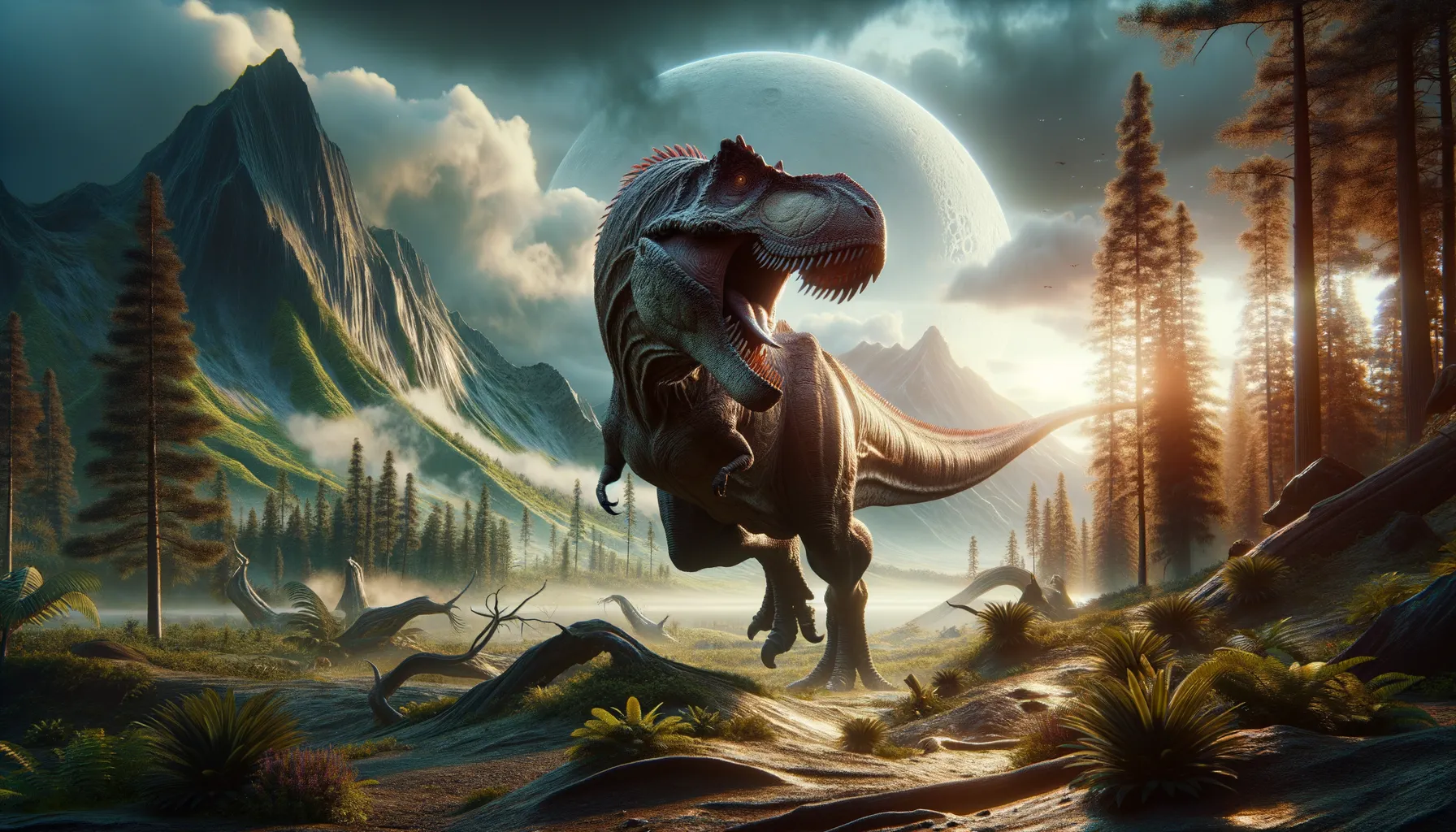
Augustia
A journey through time's ancient mysteries
Period
Unknown
Length
Specific length details are not available.
Height
Specific height details are not available.
Weight
Specific weight details are not available.
While 'Augustia' is not currently recognized as a scientifically valid dinosaur name, the process of discovering and understanding dinosaur classifications is ongoing. Many dinosaur genera have undergone reclassification, leading to changes in names and understanding of their relationships. It's crucial to rely on updated scientific literature for accurate dinosaur information and consult verified paleontological sources for any new discoveries or definitions.
Diet
Information about its diet is not available due to its uncertain status as a dinosaur in scientific classifications. Typically, understanding a dinosaur's diet involves studying its teeth and fossilized remains alongside similar species with established data.
Hunting
Details on the hunting behavior of 'Augustia' are unknown. If this name were a valid classification, hunting behavior might be inferred from similar species adapted to similar environments.
Environmental challenges
Due to the uncertain status of 'Augustia' in paleontological records, direct environmental challenges it faced remain unknown. Dinosaurs, in general, had to adapt to changing climates and vegetation over millions of years, sometimes leading to competition for resources and sensitive adjustments to new food sources or predators.
Speed
Details about its speed are not well-documented.
Lifespan
The lifespan of Augustia remains unclear.
First discovery
Detailed records of its discovery have not been established.
Fun Facts
- Augustia was a fascinating dinosaur that lived during the Late Jurassic period.
- This dinosaur's name means 'noble' or 'majestic', hinting at its impressive stature.
- Augustia is known for its unique frill and horn arrangements on its head, which might have been used for display or defense.
- It was a herbivore, which means it primarily fed on plants and vegetation.
- Fossils of Augustia have been found in North America, making it part of a diverse ecosystem of the time.
- Scientists believe that Augustia traveled in herds, similar to many other herbivorous dinosaurs.
- The dinosaur's frill might have been brightly colored, possibly to attract mates or communicate with others.
Growth and Development
Without established scientific data on 'Augustia', specifics about its growth and development are not available. In general, dinosaurs' growth rates can reflect their living conditions, acceleration due to environmental pressures, and differences between juvenile and adult stages.
Habitat
The habitat specifics for 'Augustia' are unavailable due to its unestablished classification. If it were a valid dinosaur, we would examine the geological evidence and sediment types at discovery sites to hypothesize about its living conditions and ecological niche.
Interaction with other species
Information on how 'Augustia' interacted with other species is not documented in paleontological records. Typically, understanding a species' interaction requires examining fossil sites for evidence of prey, predators, and symbiotic relationships with other organisms.
Natural lifespan
Without validation as a recognized dinosaur, lifespan data is not applicable.
Reproduction
Reproductive behavior information for 'Augustia' is unavailable, as it lacks recognition in current scientific literature. Dinosaur reproduction, in general, often involves laying eggs, and nesting behavior may be inferred from similar species with more substantial fossil evidence.
Social behaviour
Specifics about the social behavior of 'Augustia' are unknown due to its status in paleontology. Social behaviors in dinosaurs can range from solitary habits to complex herding dynamics, often inferred from site bone concentrations and trackways.
Fossil locations
As 'Augustia' is not a recognized dinosaur name, there are no valid fossil discoveries or locations attributed to it. Fossil site information is crucial for validating dinosaur genera and understanding their ecosystems.
